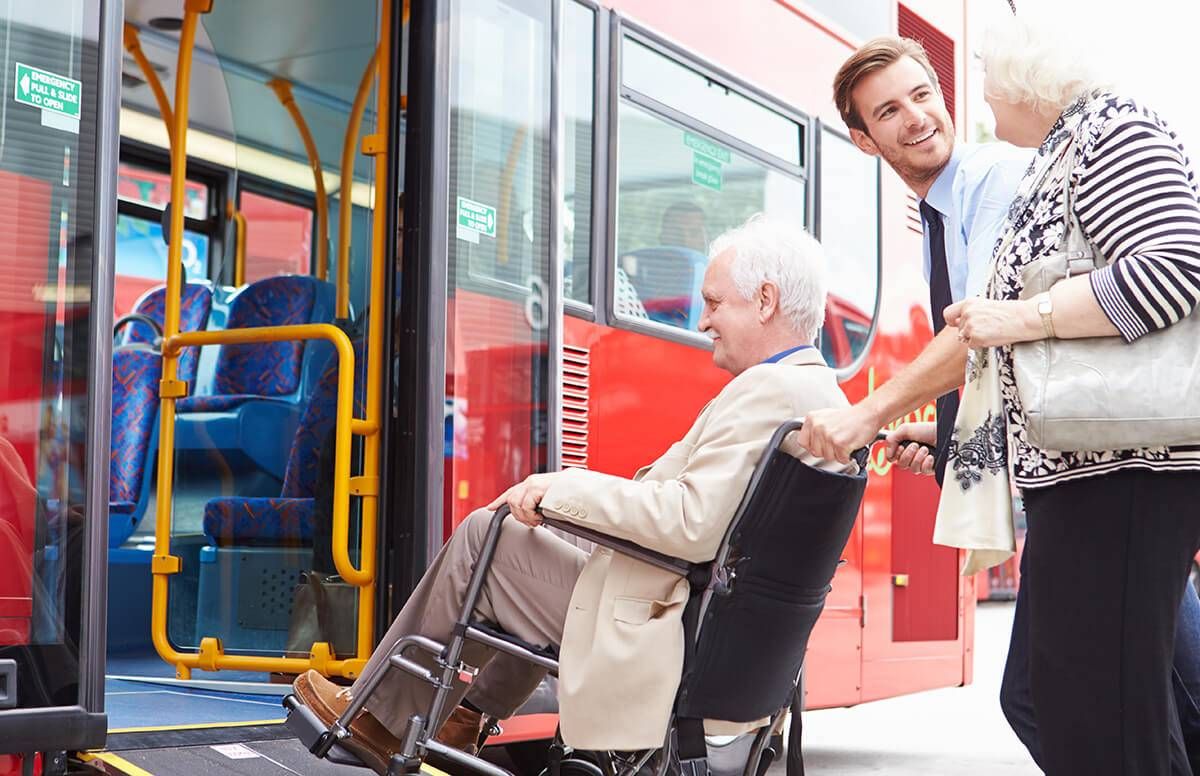How to Make a Community More 'Age-Friendly'
A 2017 Influencer in Aging says it’ll take the whole village
(Next Avenue invited our 2017 Influencers in Aging to blog about the one thing they would like to change about aging in America. One of the posts is below; we will be publishing others regularly.)

The facts about our aging society amaze and befuddle us. Consider the following:
- A 10-year-old child today has a 50 percent chance of living beyond age 100.
- We have added more than 30 years to our life expectancy over the past century.
- The 85-plus age group is fastest growing subgroup of the aging demographic.
Although the information resonates, many of us wonder about what can be done to help 10-year-old children live well past the century mark; to leverage the “longevity dividend” and make the most of those additional years of life and to meet the needs of increasing numbers of people entering their ninth and 10th decades of life.
Though seemingly daunting, there are promising efforts at the community level that invite our participation.
The Age-Friendly Initiative
The joint AARP’s Livable Communities and World Health Organization’s Global Network for Age-Friendly Cities and Communities represents a broad-scale movement that aims to improve the experience of aging in community.
Currently, more than 500 communities worldwide — including nearly 200 in the United States — have joined to make their communities “age-friendly.”
The process requires a commitment by a governmental municipality and engages multiple sectors (including nonprofits and business). With community groups and residents, they “co-create” their collective future by planning and implementing efforts that focus on eight core community features.
8 Focus Areas
Those include: transportation, housing, outdoor spaces and public buildings, social participation, respect and social inclusion, civic participation and employment, community supports and health services and communication and information.
To simplify the depth and breadth of age-friendly community work, an overarching adage may be useful: Adopting an “age in everything” lens throughout society that by default promotes active, healthy and engaged living and accommodates changing abilities across the life course for all.
Making ‘Age-Friendly’ More Than a Slogan
Let’s decipher what this means, why it matters and ways in which we can all make a difference:
- An “age lens” simply invokes consideration of all ages — from birth to death — in the design and current operation of programs, services and policies throughout our society.
For example: the incorporation of universally designed housing features that work for people of all ages facing mobility and other challenges; transportation options that consider accessible and adaptive needs, such as help for door-to-door service, a wheelchair ramp or storage capacity for a walker; employers who adapt work due to health needs or caregiving responsibilities and organizations offering social activities that are flexible to incorporate differential abilities in physical or cognitive skills.
- The promotion of “active, healthy and engaged living” is a public health strategy to prevent problems impacting mental, physical and social well-being. This “primary intervention” addresses the root cause of a host of issues afflicting millions of older Americans today, such as isolation, falls, depression and elder abuse. And it represents opportunities to avoid costlier and often unwanted “secondary layers of intervention,” such as medications, hospitalization and guardianship.
Restorative (or rehabilitative) and palliative services can also promote life at its fullest and most connected. It is about thriving throughout the course of our entire lives and not dreading our later years due to unnecessary losses of functional or cognitive abilities or dwindling networks of friends and family.
- “Accommodating changes across the life course” recognizes the diversity of the aging experience, including changing abilities encountered at earlier life stages as well as the unique needs encountered by the vast majority of us at later stages of life.
This underscores the holistic and comprehensive understanding required to deliver specialized geriatric care and services. Along with genetics, cumulative life experiences shape our later years and require consideration of one’s past journey, individual preferences and lifetime desires.
- “By default” refers to the widespread availability of practices that have been adopted or otherwise embedded — requiring little to no cost or effort to access.
For example, having well-maintained walking paths in our public parks that beckon us to join friends for a meandering stroll or a metered power walk; access to transportation options for medical and social reasons; being able to receive legible information with adequate-sized font and lighting; volunteering possibilities that don’t require extensive planning or preparation and service staff and professionals that treat us with respect and dignity.

